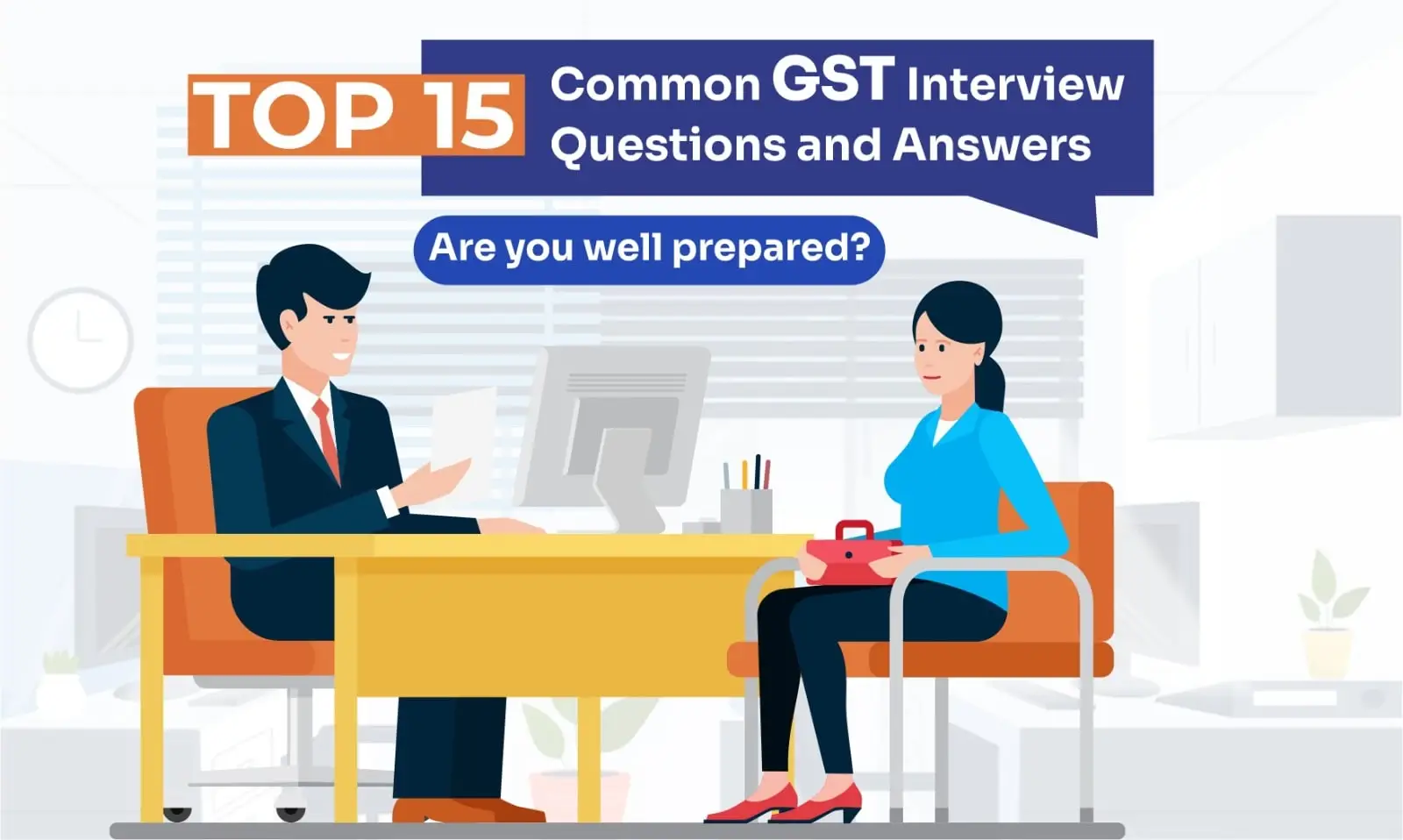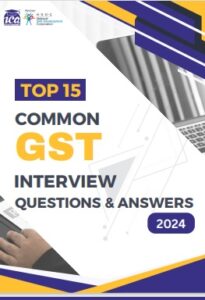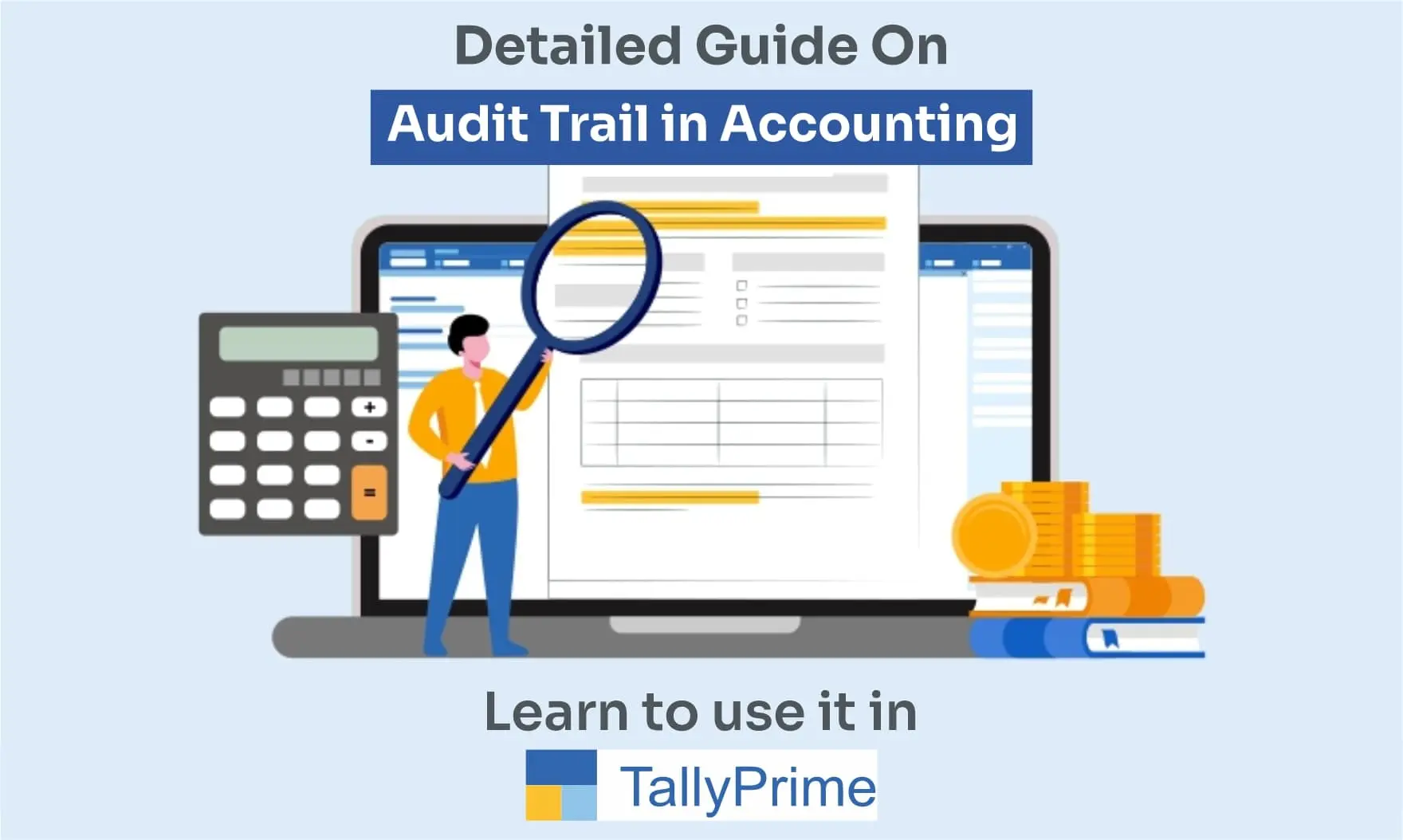
Top 15 Common GST Interview Questions and Answers
When you wish to become a GST Expert, you must have developed a proficiency over the subject. When you apply for jobs, this knowledge will help you excel. We have listed the GST Interview Questions and Answers to help you crack your interviews!
Table of Contents
- What is GST?
- What are the Four Types of GST?
- What is GST Compliance?
- Why is it Necessary for Businesses to Stay GST Compliant?
- What are the rates mostly used in GST?
- What is the threshold limit for GST Registration?
- What is the Role of a GST Specialist for an Organization?
- What are the circumstances under which one or more Credit Notes for Supplies can be issued in a Financial Year?
- How Many Copies of Invoices are Required for the Supply of Goods?
- What is the GST Number?
- Can you Explain the Difference Between CGST and SGST?
- How can you Manage and Optimize GST Refunds for the Organization?
- What is the Challan Identification Number?
- What is the GST Input Tax Reversal Mechanism and How Does it Work?
- What is Remission of Tax Duty?
1. What is GST?
GST or Goods and Services Tax is a tax on the supply of goods and services. It replaced other taxes such as Value Added Tax, Service Tax, Purchase Tax, Excise Duty and the others.
2. What are the Four Types of GST?
As per the newly implemented tax system, there are four types of GST:
- Integrated Goods and Services Tax
- State Goods and Services Tax
- Central Goods and Services Tax
- Union Territory Goods and Services Tax
However, the Government has different taxation rates for each of the above mentioned.
3. What is GST Compliance?
GST Compliance is a score that is given by the Government to a Business. This score displays how much a business is compliant with the Tax Department. It is based on parameters such as timely filing of monthly and annual returns, taxes paid, details of input credits used etc.
Are you scared of GST Interview Questions?Be confident! Become a certified GST Practitioner |
|
| Browse Classroom Course | Browse Online Course |
4. Why is it Necessary for Businesses to Stay GST Compliant?
As per GST Law, if buyers wish to claim input credit for the goods purchased, they must mention transactions in which they paid GST to the vendors. However, if the vendor was not paying his dues in the correct time, the GST department would not consider the tax returns as valid.
Not only that, the buyer will not be eligible to claim the ITC (input tax credit) if the seller does not pay the tax to the government and does not file its sales return (GSTR 1) within the due date.
5. What are the rates mostly used in GST?
GST rates are vital for any business or organization. When the GST Council revises its rates, it impacts industries, trade bodies, end to end consumers, and the economy itself.
Lets understand what GST rates mean. GST refers to the percentage rates of tax imposed on the sales of goods and services. Hence, a business registered under GST must issue invoices with amounts charged on the value of supply.
More than 1300 products and 500 services fall under the Goods and Services Tax slab. These comprise 0% (Nil-rated), 5%, 12%, 18% & 28%.
If you are keen to take up GST training and looking for a methodical and practical course, this article of Top 10 GST Training FAQs Students Ask can help you to find the right course that is ideally fit for you.
6. What is the threshold limit for GST Registration?
There are two threshold limits which are explained below for easier understanding:
- Any business involved in the supply of goods whose turnover in a financial year exceeds Rs.40 lakhs for Normal Category states (Rs.20 lakhs for Special Category states)
- Any business involved in the supply of services whose turnover in a financial year exceeds Rs.20 lakhs for Normal Category states (Rs.10 lakhs for Special Category states)
7. What is the Role of a GST Specialist for an Organization?
A GST Specialist reviews the accounting data of clients as per the tax laws. He is responsible for all GST filing, GST payment and other indirect tax compliance.
8. What are the Circumstances Under Which One or More Credit Notes for Supplies Can Be Issued in a Financial Year?
Credit notes can be issued in the following circumstances:
- The taxable value on which the tax is calculated is more than the actual taxable value
- The tax charged is more than what it should be charged
- The recipient has chosen to return the goods
- The recipient has found the goods or services both supplied to be deficient
9. How Many Copies of Invoices are Required for the Supply of Goods?
It is advised to print the invoices in triplicates. The first one would be for the recipient, the duplicate version for the transporter and the last one for the supplier.
In addition, the copies must be marked as ‘Original’, ‘Duplicate’ and ‘Triplicate’. For services only 2 copies of invoice are needed, one for buyer and another for seller.
10. What is the GST Number?
GSTN (Goods and Services Tax Identification Number) is a unique 15 digit identification number assigned to every taxpayer who is registered under the GST.
Here is a format break-down of the GSTIN:
- The first two digits represent the state unique code. For instance, State code of West Bengal is 19
- The next ten digits will be the PAN number of the taxpayer
- The thirteenth digit represents “the number of registration” within a state.
- The fourteenth digit represents “Z” by default
- The last digit is a check code. It may be an alphabet or a number.
This GSTN number needs to be mentioned in invoice, debit note, credit note, e way bill etc.
11. Can you Explain the Difference Between CGST and SGST?
The CGST or Central GST and SGST or State GST are two primary components of GST in India. The CGST is collected by the Central Government and SGST is collected by the State. These are levied at the same rate and the GST that is collected is shared between the State and the Central Governments.
12. How can you Manage and Optimize GST Refunds for the Organization?
The GST refunds process allows businesses to claim the refunds if the GST is paid more than their liability. Hence, you must have a GST Expert who can help you verify GST liability, input tax credit, and claim GST as applicable.
13. What is the Challan Identification Number?
The Challan Identification Number is the number that is generated as identification of tax payment made by the taxable person.
14. What is the GST Input Tax Reversal Mechanism and How Does it Work?
GST Input Tax Reversal is referred to reversing input tax credits that is claimed by a business. This is only applicable only if a business has claimed tax inputs which have not been utilized for the supply of taxable goods or inputs. In another scenario, if the input tax credits that have been claimed are more than the GST liability on the outputs. In many cases, many businesses may be required to pay additional GST or adjust their GST returns.
15. What is Remission of Tax Duty?
This means relieving the taxpayer from the obligation to pay taxes on goods when they are lost or destroyed due to natural causes.
Now that you know about the 15 Top GST interviews questions and answers, it’s best that you pursue a GST course from reputed institutes such as ICA Edu Skills. It has more than 24 years of experience in providing educational excellence and offers 100% Job Assurance and short term courses. They have been known to provide hands-on experience which makes you job-ready.
Visit www.icacourse.in to find the list of online accounting and taxation courses curated by top industry experts.






